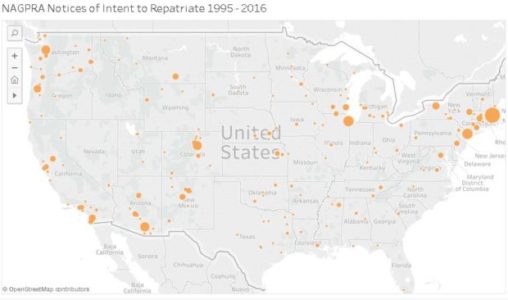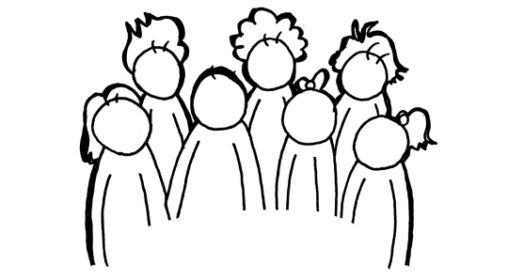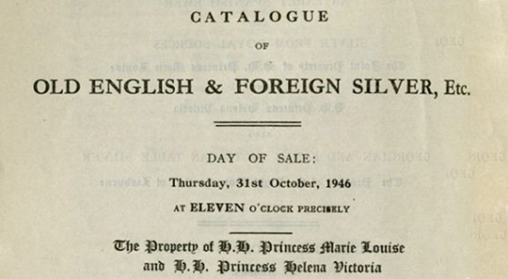Category: 2017Page 2 of 2
“This paper examines archival activism, from the originators of this line of thinking to the most recent conjectures. Adding some important concepts and thoughts about how archives and archivists can evolve an activist approach, making it evermore substantial by actively engaging in the public arena. I will take a more in depth look at how an activist lens and mindset affects diversity and identity formation, accountability and
social justice, in order to ultimately bring change through awareness and action. I will anchor these claims with examples from the considerable work that has and is being done by communities and archivists, both in America and abroad. But first I would like to share some of the scholarship on archival power and activism that has been done since Howard Zinn, as to provide a bit of a backdrop for the concept of archival activism.”
Exhibit guide to the Kerry James Marshall exhibit at the MET in Fall 2016
“Proposal and design story for the creation of Grapevine – a mobile application for women who are actively dating. Based on extensive user research, the app to leverage’s the communication aspects within a woman’s core
group of friends about dating life. Further, the app includes a safety feature – group back-up – to ease a
woman’s fears of physical safety and let her concentrate on having fun.”
In LIS 677 Literacy and Literature for Young Adults, we used a youth lens to situate ourselves as adult librarians selecting resources for teens. Student presenters will share topical resource lists that share multiple intersections and draw on some of the newest materials for teens that address social and cultural issues using humor, advocacy, and the voices of teens.
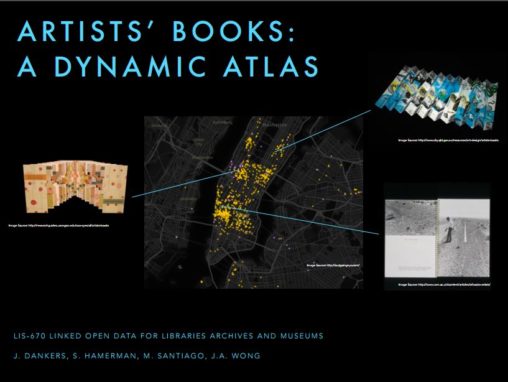
The project is a mock IMLS Grant Proposal for “Artists’ Books: A Dynamic Atlas.” This pilot project will use linked open data to create a dynamic mapping interface that indicates the home libraries of artists’ books located within New York. Led by the MoMA Library in partnership with the Frick Collection, Brooklyn Museum, Whitney Museum, and Metropolitan Museum, the dynamic atlas will deepen engagement with these unique collections; allow users to visualize connections between artists, books, and institutions; and make project data available for use on the open web.
This presentation will share a book display curated for use at the Arts & Letters elementary school library in Brooklyn. The “You Are Here” display curates place-The display entices students first to “read the book” and then to “see the sights.” The presentation will share reflections and images of the implemented display.
“13 min video comparing two film databases and recommending one for purchase
https://www.youtube.com/watch?v=R_-jWfIHXJQ”
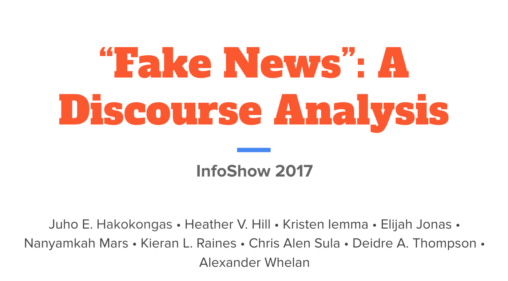
This project analyzes the circulation of the term “fake news” as a rhetorical device, used to make political assertions about the truth of various stories and sources. These sources range from longstanding and popular news outlets to more recent news websites and social media. Across these sources, we examine the use and users of the term “fake news”, its frequency of use, and the sources and topics that are described as “fake news”.
